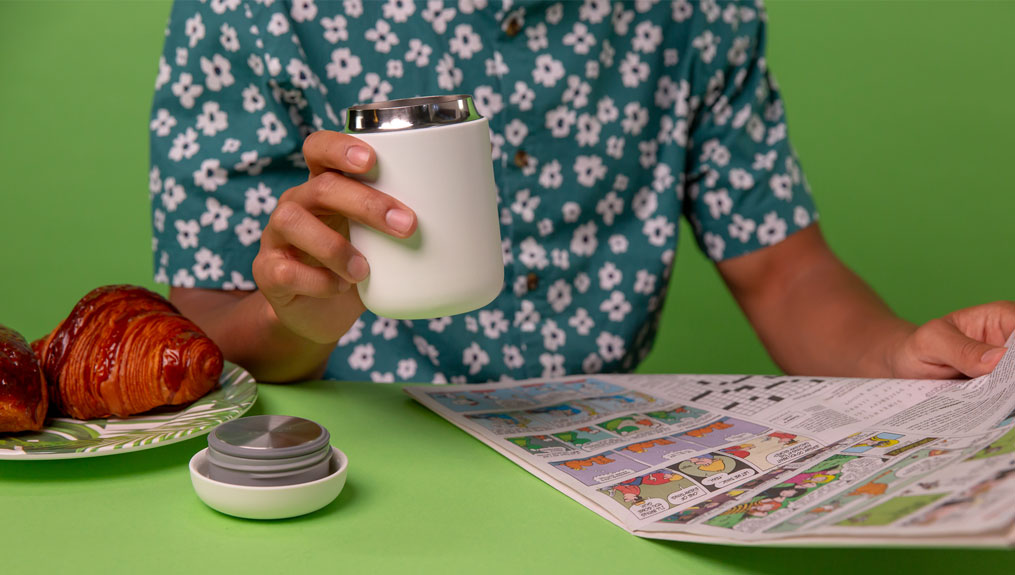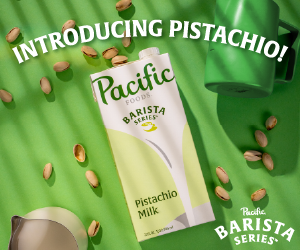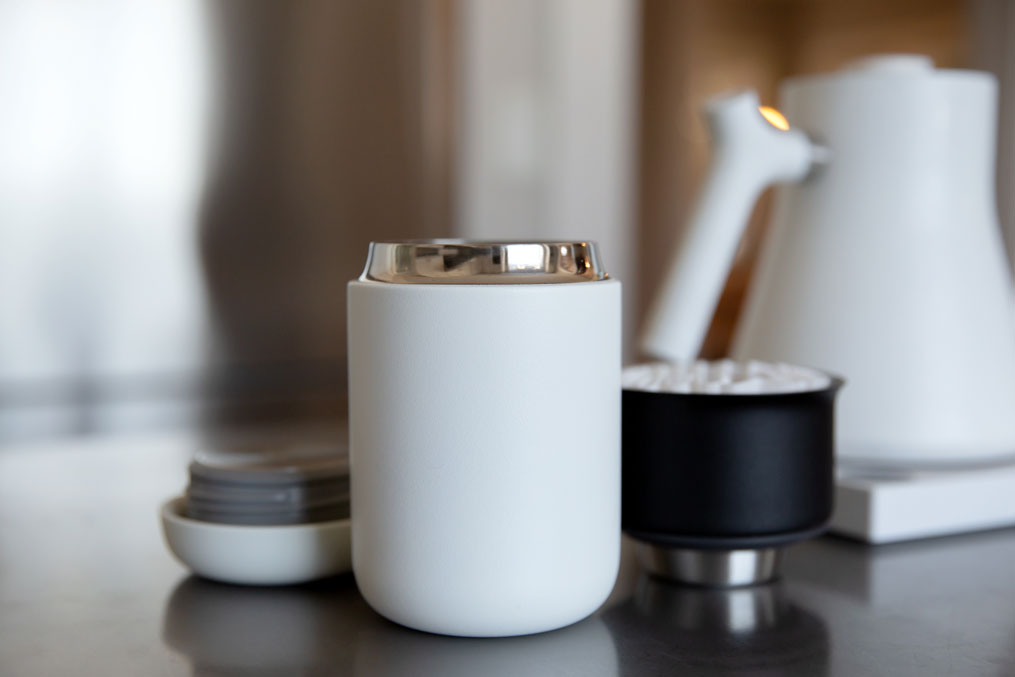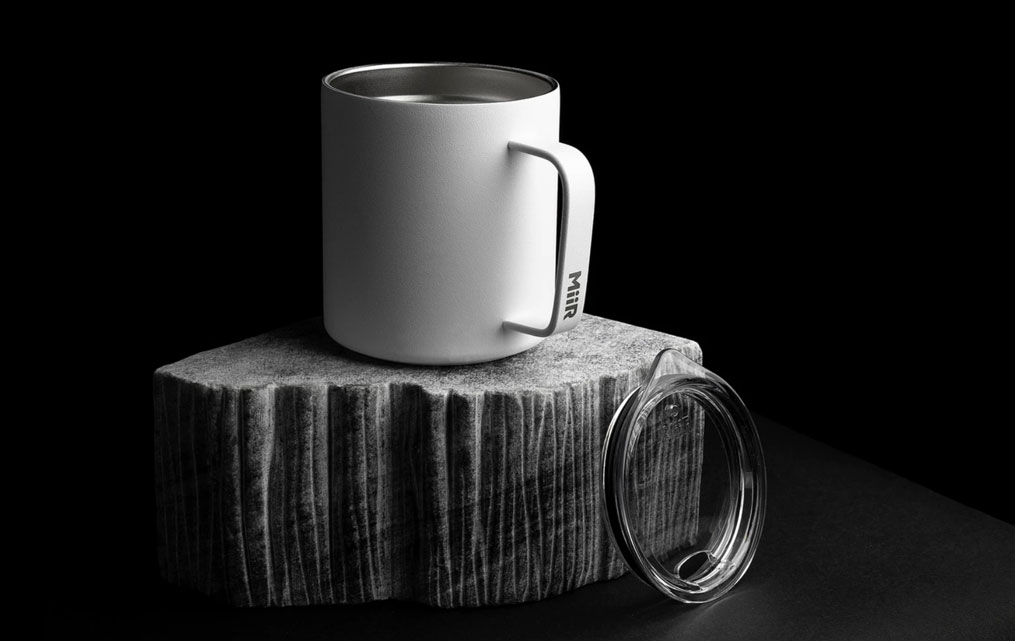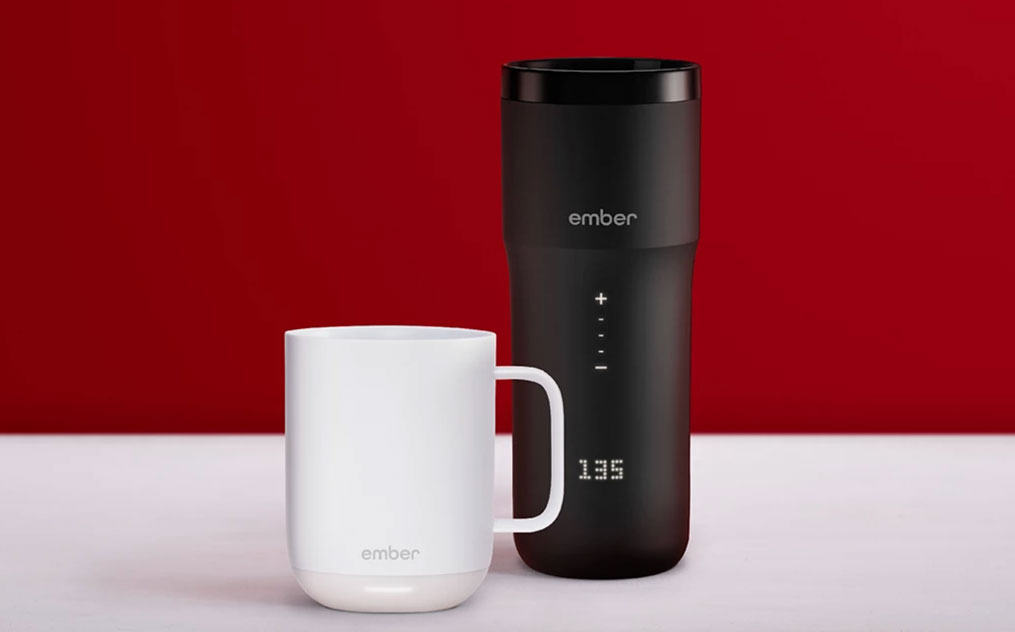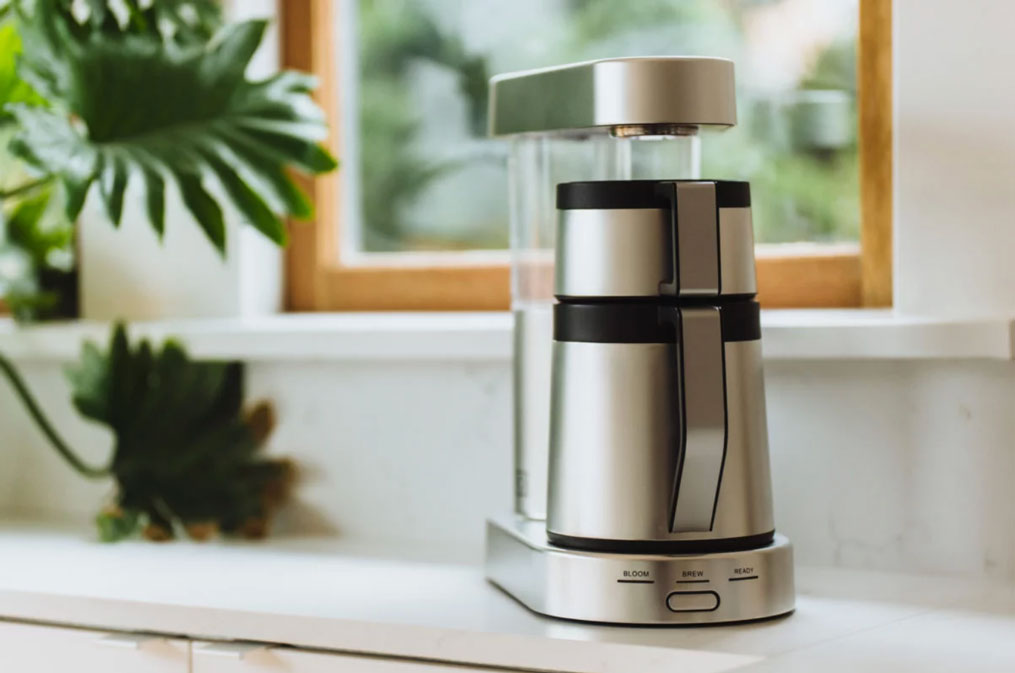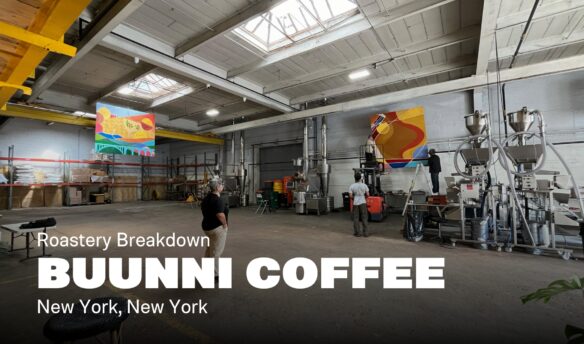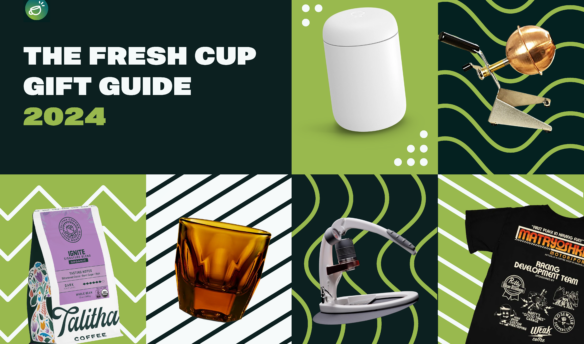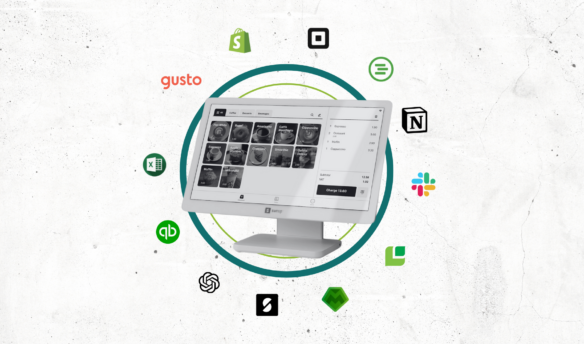Keeping drinks warm from point A to point B can be tough, but thermal products are continuously evolving to change that sentiment.
Meanwhile, repair culture is growing, and with the push for quality goods, consumers are looking for ways to buy with the long term in mind and construct zero-waste practices to add to their day-to-day lives.
Thermal products look sleeker and operate more simplistically—fewer bells and whistles, more functionality—than ever before. Technology and design are working together, so products are becoming more reliable across several brands.
That mug you use on your commute or the carafe sitting on your kitchen counter is no exception. Here, we highlight several companies paving the way for better-quality goods while maintaining a sharp image by following today’s design trends.
Appealing To The Masses And Senses
Many companies gravitate to double-wall vacuum insulation for thermal products. This is what ensures hot drinks stay hot and cold drinks stay cool.
San Francisco-based Fellow recently introduced its Carter Everywhere Mug, which takes smell and taste into mind along with temperature.
“Our goal with Carter was to take the Saturday morning coffee mug and rebuild it to move seamlessly into a reusable to-go vessel,” says Fellow founder Jake Miller. “We noticed that the other current available travel mugs made design decisions that compromised the drinking experience, specifically related to specialty coffee. The senses—taste, smell, and touch—were ignored, while durability and extreme heat retention were prioritized. Why not both? Out came Carter, a travel mug finally worthy of the coffee inside.”
The Carter Mug product description says it can keep a drink hot for up to 12 hours and cold for up to 24 hours with its heat-lock, leak-proof seal. But beyond the temperature, Fellow wants consumers to notice how insulation can change a drink’s taste.
“Most products use stainless steel to pull this off, which can lead to smell and taste compromising the beverages that come after,” says Miller. “We’ve fixed this by adding a true taste ceramic coating inside, which keeps away lingering odors, oils, and ‘old penny’ tasting notes.”
Drinking from the Carter Mug means using the thin lip of the cup, separating itself from other to-go vessels that opt for a lid to sip from. Other features of the cup include being dishwasher safe and having brew-to-go capabilities, meaning it can be placed directly beneath most brewing devices.
“We have seen the tech and design world consider more and more how consumers experience products,” says Miller. “This is always where we start when designing something new at Fellow. There are many options for travel mugs or coffee products, so we’re always pushing to elevate the user’s experience by fixing common issues with products already out there. Everything about Carter was intuitively designed (and redesigned) to keep the user at the forefront.”
Functionality is Key
Seattle’s MiiR aspires for its users to feel at ease, whether they are typing away at their desks or relaxing outdoors.
MiiR product design ethos, according to CEO and founder Bryan Papé, can be taken from a quote by French writer Antoine de Saint-Exupéry: “A designer knows he has achieved perfection not when there is nothing left to add, but when there is nothing left to take away.”
The company’s flagship product, the 12-ounce Camp Cup, is vacuum insulated, which Papé says MiiR is proud to partake in the technology behind it. The Camp Cup is known for its sleek, thin handle, and it wasn’t long after the mug was released that fast followers mimicked the design.
“People want something that is easy to clean and not too complicated for everyday use, and that combination has made us have success,” says Papé. “[The Camp Cup] marries what worked in the past and brings a refreshed look. It is comfortable.”
The Camp Cup is made from stainless steel, allowing for zero metal aftertastes. It is also popular because its appearance is nostalgic, says Papé, and doesn’t lose functionality with its design.
“Everything we design is done in-house,” he continues. “We do everything down to studying how people hold things—from ergonomics and structures and how things interact with your hands. We strip it down to make things as simple as possible.”
Focus on the Joy of Drinking
Like thermal technology, eye-catching design can also be a major priority for customers when purchasing a mug.
W&P Design, headquartered in Brooklyn, is a company with a mission to reduce the use of single-use plastic, and its line of products all stick to a cohesive, simplistic look. W&P’s Porter Mug, available in 12 and 16 ounces, is a conversation starter, says W&P president Ryan Kelly.
“Making eco-friendly choices doesn’t require sacrificing aesthetics or functionality,” he says. “We noticed consumers carrying their morning coffee in bulky, less-than-functional to-go mugs or buying coffee daily and throwing away their single-use cups. We set out to empower individuals to eliminate single-use materials by having one hero mug they can use every day—and everywhere—without sacrificing quality, function, or aesthetics. The Porter Mug is thoughtfully crafted with durable ceramic and wrapped in protective silicone, designed to integrate into your everyday life seamlessly.”
The Porter Mug is microwave-safe, BPA-free, and comes in five different matte colors. The product is meant for stylish drinking on the go, and less about keeping a longtime temperature, says Kelly. It is made from a durable, high-quality ceramic wrapped in a protective matte silicone grip.
“The materials make for the perfect on-the-go or deskside drinking experience,” says Kelly. “We don’t make claims to heat or cold maintenance or duration as we didn’t want to sacrifice the design of our product by incorporating stainless steel or bulking elements. Our product focuses on the joy of drinking and aesthetics of a beautiful object rather than technological features at the expense of design.”
Ember Burning
Ember is “the world’s first temperature control mug.” The company, based in Westlake Village, California, near Los Angeles, patented its technology after its founding in 2010.
“As an obsessive coffee lover, there’s nothing I appreciate more than enjoying an amazing cup of coffee at the perfect drinking temperature,” states Clay Alexander, Ember’s founder and CEO, on the company’s website. “Simply put, temperature affects taste, and we want people to discover that connection.”
How does Ember do that? For starters, its travel mugs allow the consumer to adjust the temperature of their drink, ranging from 120 degrees Fahrenheit to 145 degrees Fahrenheit. Depending on the model, coffee can stay at the chosen temperature for up to three hours.
Equipped with long-lasting batteries, Ember products can also be controlled with your smartphone, steering the future in what thermal products can be past looks.
Design in Bloom
Ratio Coffee in Portland, Oregon, emulates the future of what pour over coffee can be with its model, the Ratio Eight.
Mark Hellweg, the owner and CEO of Ratio Coffee, designed the machine with his ideal cup of coffee in mind. The machine has three minimalistic settings—bloom, brew, and ready—meaning users have minimal interaction with the product. The Ratio Eight’s original design features a clean look with glass and wood paneling. It is offered with a 40-ounce thermal carafe option, an alternative for coffee drinkers who don’t drink their coffee right away and want their coffee to stay hotter for longer.
Created to simulate a traditional barista-style pour-over, the Ratio Eight meters the water flow during both the bloom and brew phases. As for what thermal technology keeps the coffee carafe warm, Hellweg says Ratio subscribes to traditional two-walled vacuum insulation like Fellow and MiiR.
Being the primary product at Ratio Coffee for seven years, the company is now looking at its next venture, Ratio Six.
After the Ratio Eight was released, customer feedback rolled in, and Ratio Coffee began to notice what they could do for future customers with their next product. For pour over lovers, the Eight makes sense, but a new product design came to Hellweg’s mind for customers who want to extend hot coffee’s drinking time or potentially add milk to it.
The Six will have a heat shield that wraps around the showerhead, making the coffee almost 200 degrees when brewed. “If you are looking for hot coffee,” says Hellweg, “the Six is going to be the better choice for that.”
Ratio Coffee is a solution for people hoping to invest in a machine that will last a long time and minimize waste, says Hellweg. Each Ratio Coffee machine, besides some parts of the Six, is hand-assembled in Portland, comes with a five-year warranty, and components are replaceable—parts can be sent to the company’s warehouse for repair. The coffee maker world is slow to adopt replaceable parts, Hellweg says, and he is happy his company is working to change that.
“There are a billion thermal products on places like Amazon,” says Hellweg. “It is hard to stand out. When we looked at the category and said, ‘What do we want to do?’ on the Eight, the biggest thing we wanted was to bring the best quality to its thermal carafe. That is why we went with materials like stainless steel. It is overkill—you don’t need that much structural strength or rigidity in a thermal carafe. But I am drawn to materials that get better over time and items when you see them and want to touch them. The Eight thermal carafe has that, and the Six is more for heat retention, but it also has a design-forward look.”
Hellweg spent time in the espresso machine world before starting Ratio Eight and noticed how “stunning” certain materials could be before he left. As for what products inspired the design of the Six? “I have always loved German cars,” says Hellweg. “My family has a history of importing German auto parts, so I have always gravitated to it. The Six’s moodboard was heavily inspired by motion. We are trying to iterate the Ratio design language and continue to produce new models.”
As Ratio Coffee looks to the future, it wants to continue to create what customers want to see in their homes as they experience coffee, says Hellweg. “I’m happy with what we have done,” he says, “and I have a lot of hope for meeting in the middle with people for all their different needs.”
Cover photo courtesy of Fellow. This article was originally published on December 3, 2019, and has been updated to meet Fresh Cup’s current editorial standards.



